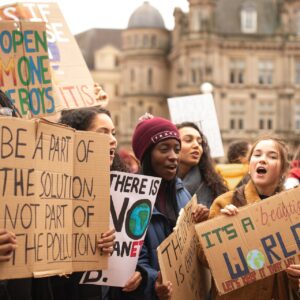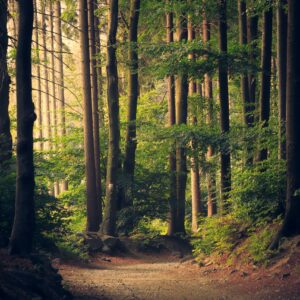Auditor General: “Biodiversity Loss has Reached Crisis Proportions” – National and International Responses Needed
Nature in Canada is under threat, and the Canadian government is failing to protect it – recent reports by the Commissioner of the Environment and Sustainable Development make clear.
Canada’s biodiversity is in crisis. The vast majority of habitats that sustain species at risk in Canada are not properly protected. At risk populations, like the woodland caribou, have declined by almost 60 percent in the last 50 years. In this time, mammal populations have fallen by almost half. Today, you will find less than 1 bird in Canada’s native grasslands for every 4 you would have seen in 1970. Animals, like Burrowing Owls, Leatherback Sea Turtles, and the Narwhal are approaching extinction. Some, like the Rusty-patched Bumblebee, may already be gone.
The same is happening to animals that we share with other countries. Bird species that winter in South America, like the Canadian warbler, have fallen to a third of their former number. The flocks of long-distance migrant shorebirds has halved. Schools of migratory fish, like Pacific salmon, were likely 4 times larger in 1970 than they are today.
Despite this crisis, the Commissioner found that Fisheries and Oceans Canada (DFO) has failed to protect at risk aquatic species. DFO can protect species at risk by listing them in the federal Species at Risk Act (SARA). But DFO has not decided on whether to list half of the aquatic species that are at risk. Instead, it has delayed. On average, the decision to protect aquatic species has taken over 3.5 years. Some animals, like the Rainbow smelt, take over 10 years to be protected – during this delay species are open to continued decline.
Even more concerning, even protected species have been failing to recover. Of the listed aquatic species, 17 have become more vulnerable since they were listed, 47 did not improve or declined, and only 14 improved. Part of this is likely because DFO does not have enough staff to enforce SARA’s protections adequately – in Ontario and the Prairies there is one officer for every 100,000 square kilometers.
The Commissioner, in another audit, found that federal departments are failing to track how their actions meet the federal goal of having healthy and stable populations for all wildlife. For example, the Environment and Climate Change Canada, DFO, and Parks Canada did not have meaningful information on recovery strategies, action plans, and management plans to help protect and restore species at risk. In other words, the departments responsible for the environment, climate change, aquatic life, and conservation cannot show whether Canada is meeting its own biodiversity goals.
Clearly, more needs to be done to halt and reverse nature’s decline in Canada. Biodiversity experts urge that a comprehensive national action plan for biodiversity is essential. An open letter from 200 conservation, environmental, and social justice groups called on the federal government to deliver a national biodiversity plan to halt and reverse nature loss by 2030, and bring nature to full recovery by 2050.
But a Canada-only solution will not be enough to protect all of the nature that Canadians hold dear. Global crises, like climate change and pollution, will continue to degrade biodiversity in Canada, and migratory species will continue to travel to countries where they may not survive. This is why we need a strong Global Biodiversity Framework (GBF). The GBF is a draft global agreement to halt and reverse biodiversity loss. It has the potential to transform the relationship between people and nature. But, it is still just a draft, and it may be watered down or not signed at all. We will not know how effective it will be until after the document is signed in Montreal this December.
What we do know, thanks to the Environment Commissioner’s audits, is that Canada is failing to protect its biodiversity. To fix this and conserve our natural heritage, Canada must push for a transformative GBF and, at the same time, create a strong national action plan to halt and reverse biodiversity loss at home. If it does not, more species will follow the Passenger Pigeon, Dawson Caribou, and Blue Walleye and disappear forever.



